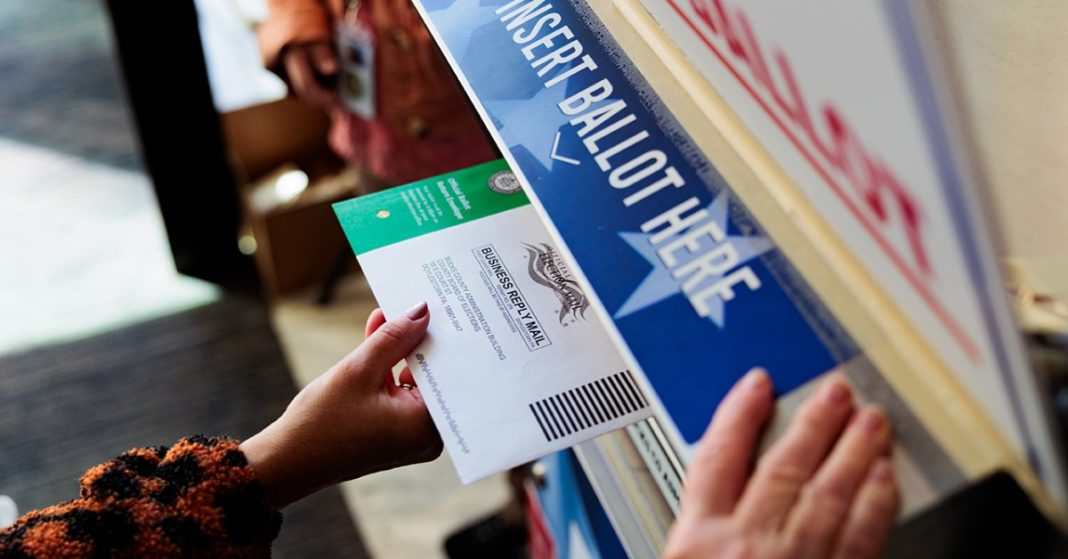Pew Research Center Releases Insights from Latest American Trends Panel Survey
In a recent survey conducted by the Pew Research Center, a comprehensive look into the opinions and experiences of U.S. adults has been unveiled. The survey, part of Wave 156 of the American Trends Panel (ATP), was conducted from September 30 to October 6, 2024, and boasts an impressive response rate of 90%. With 5,110 panelists participating out of a sample of 5,689, the findings promise to shed light on various demographic groups and their perspectives.
What Makes This Survey Stand Out?
The ATP is known for its rigorous methodology, and this latest wave is no exception. The cumulative response rate, accounting for nonresponse and attrition, stands at 3%, while the margin of sampling error for the full sample is plus or minus 1.7 percentage points. This level of precision is crucial for understanding the nuanced opinions of different demographic groups, particularly those that are often underrepresented in surveys.
To ensure a well-rounded representation, the survey included oversamples of non-Hispanic Asian adults, non-Hispanic Black adults, Hispanic adults, and younger adults aged 18 to 29. Additionally, it focused on "vote switchers"—individuals who changed their voting preferences between the 2016 and 2020 elections. This targeted approach allows for more accurate insights into the shifting political landscape in the U.S.
Recruitment and Methodology
Since 2018, the ATP has utilized address-based sampling (ABS) for recruitment, which involves sending study cover letters and pre-incentives to a stratified random sample of households. This method is estimated to cover 90% to 98% of the U.S. population, ensuring a diverse pool of participants. In previous years, recruitment relied on traditional landline and cellphone random-digit-dial surveys.
The survey was conducted by SSRS, employing both online and live telephone interviews, with a total of 4,926 responses collected online and 184 via phone. The bilingual approach, offering surveys in both English and Spanish, further enhances accessibility for a broader audience.
Engaging Participants with Incentives
To encourage participation, respondents were offered post-paid incentives ranging from $5 to $20, depending on their demographic group. This strategy aims to boost response rates among populations that typically exhibit lower participation levels, making the survey results more representative of the general population.
Ensuring Data Quality
Pew Research Center places a strong emphasis on data quality. Throughout the survey process, researchers conducted checks to identify any patterns of satisficing—where respondents might rush through questions without thoughtful consideration. As a result, eight respondents were removed from the dataset to maintain the integrity of the findings.
Weighting and Analysis
The data collected from the ATP is meticulously weighted to account for various sampling and nonresponse factors. This process ensures that the final results align with population benchmarks, enhancing the reliability of the insights derived from the survey. The ATP’s methodology allows researchers to draw meaningful conclusions about the opinions and behaviors of different demographic groups across the nation.
Looking Ahead
As the Pew Research Center continues to explore the evolving landscape of American opinions, the findings from this latest survey will undoubtedly contribute to a deeper understanding of the diverse perspectives that shape our society. For those interested in the detailed methodology and findings, more information can be found on the Pew Research Center’s website.
In a world where understanding public sentiment is more crucial than ever, the American Trends Panel serves as a vital tool for researchers, policymakers, and the public alike, offering a window into the thoughts and experiences of everyday Americans.



